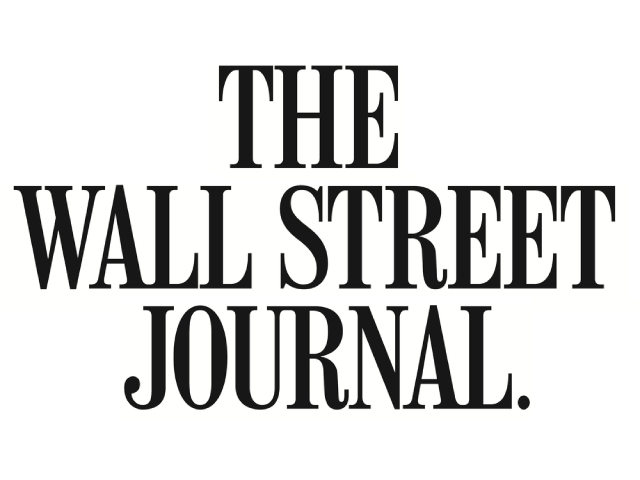Alabama’s political establishment was in a tight spot in the summer of 1956. Public officials were still resisting the command to integrate schools, which the U.S. Supreme Court had handed down two years before with Brown v. Board of Education. But African-Americans in the state capital, Montgomery, were exacting a heavy economic toll on the city by boycotting buses.
The source of the segregationists’ troubles was the National Association for the Advancement of Colored People. One NAACP activist, Autherine Lucy, had brought the case that desegregated the state university, and another, Rosa Parks, ignited the bus boycott. The NAACP had litigated Brown and was backing new lawsuits—not only to enforce Brownbut also to secure voting rights, due process in criminal proceedings, and nondiscriminatory treatment in public accommodations.
In response, Alabama Attorney General John Patterson used a legal technicality to ban the NAACP from the state. When the NAACP contested the order in court, Mr. Patterson demanded, under the rubric of judicial discovery, the names and addresses of the organization’s members and financial supporters.
The probable effects of compliance with Mr. Patterson’s demand were obvious. Public officials could have used the information to harass the NAACP’s supporters, deny them legal protections, boycott their businesses, and even assault them physically. Financial and public support for the organization would disappear. As the NAACP wrote in a legal brief, “the truth is that Alabama seeks . . . to eradicate effective opposition to continued governmental maintenance of racial segregation.”
But on June 30, 1958, the Supreme Court held that Alabama’s demands for the NAACP’s member and donor information violated the organization’s and its members’ freedom of association. “It is hardly a novel perception,” wrote Justice John M. Harlan II, “that compelled disclosure of affiliation with groups engaged in advocacy may constitute [an] effective . . . restraint on freedom of association.” Alabama’s demand, he continued, “may induce members to withdraw from the Association and dissuade others from joining it because of fear of exposure of their beliefs.”
Today politicians routinely demand that the law be changed to require disclosure of names and personal information of donors to any organization that is involved in public affairs. Concerns about privacy are brushed off with the response that such donors no longer face any substantial threat. And it is true that few causes today generate the potential for violence that faced civil-rights protesters 60 years ago in the deep South.
But NAACP v. Alabama wasn’t a one-off. It was merely the most dramatic of a series of midcentury decisions that protect the right of Americans to support causes without fear of retaliation. The parties protected against compulsory disclosure include union members and organizers (Thomas v. Collins, 1945), those paying for flyers critical of business practices (Talley v. California, 1960), donors to charities (Bates v. Little Rock, 1960), and public-school teachers (Shelton v. Tucker, 1960), among others.
Retaliation from compelled disclosure remains a live risk in the contemporary political scene. Vandalism, boycotts and bullying by both online and real-life mobs are well-documented. In some cases, elected officials have used disclosure information to retaliate against citizens for their lawful support of organizations critical of those same officials. Consider:
• In 2008 restaurant manager Margie Christoffersen contributed $100 to support Proposition 8, a California ballot measure that banned same-sex marriage. Opponents of the measure boycotted and picketed the family-owned restaurant where she worked, requiring the intervention of riot police on one occasion. As sections of the restaurant closed and employees were laid off, Ms. Christoffersen resigned rather than see others suffer.
• Brendan Eich, founder of Mozilla, was hounded from his role as chief executive six years after contributing to the same ballot measure.
• The venerable outfitter L.L. Bean faced an organized boycott in 2017—not for anything the company did, but because board member Linda Bean, a granddaughter of the founder, made a personal contribution to a pro-Trump organization.
• In 2007, President Bush was forced to withdraw the nomination of Sam Fox, a respected businessman and philanthropist, as ambassador to Belgium—not because Mr. Fox was unqualified, but because Senate Democrats uncovered that Mr. Fox had made lawful contributions to Swift Boat Veterans for Truth, a group critical of then-Senate Foreign Relations Chairman John Kerry.
Federal law, and the laws of every state, already requires disclosure of the names, addresses, and, in most cases, employer information of all but the most de minimis donors to campaigns, political parties, and political-action committees. But today legislators in at least 24 states have proposed expanding compulsory disclosure to include financial support for think tanks and other nonprofit groups. In other words, organizations like the NAACP.
Unfortunately, many lower courts have treated NAACP v. Alabama as a dead letter, inapplicable to other cases. The Supreme Court has so far failed to give its handiwork a robust defense.
As a consequence, a legal framework is now growing that enables harassment and intimidation of those who support disfavored causes. But civil-rights advocates fought for decades to establish Americans’ right to associate and seek change without first having to register and report their activities. The anniversary of NAACP v. Alabama is a good occasion to remember that disclosure isn’t always benign, and that once the right to privacy of opinion is gone, it may take decades to get back.
This post originally ran in Wall Street Journal on June 28th 2018.














